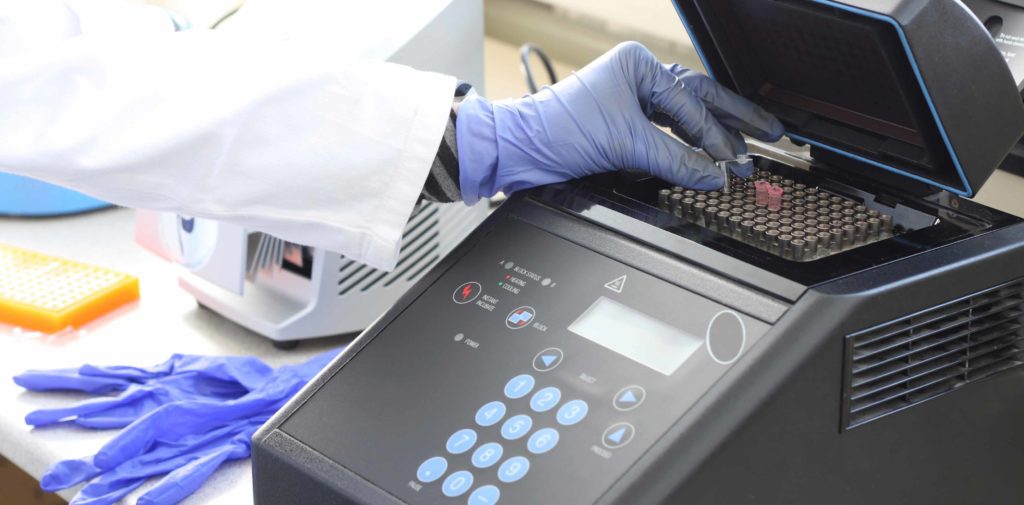
Keeping you switched on at Fine Cut
Articles
Have a look around most industries and you’ll find a graphic overlay in one form or another. We cater to a range of markets, including the pharmaceutical, automotive, medical, aerospace and brewery sectors, although that list certainly isn’t exclusive.
These printed overlays are everywhere and can take on a variety of forms. One of their real strengths is the range of customisation available, from having almost any colour to including features like embossed keys and clear windows.
Having invested heavily in the most up-to-date equipment over the years, we feel as though we can give you almost anything you might want in this area, our machines can cut the overlays in a similar way to if they were done by hand, enabling us to offer them in practically any shape, while our digital technology means that we can print onto items that are up to two inches thick – we’ve even printed onto someone’s door before!
Dean Wells, our business development manager, says: “Most people think of labels as being between 50mm and 100mm square, they don’t realise we can print something that’s one metre by two metres – almost poster size.
“When customising, you’re not far off the sky’s the limit. You could have sequential lit windows, photoluminescent ink put on them so they glow in the dark and even shape them around bends and corners.”
We’re happy to help in whatever way we can to ensure you get the best product and the best price. As part of that service, we often send our staff out to meet our customers, see what it is they need and recommend the specifications best-suited for the overlay.
One of the reasons for this is that we see no purpose in letting our customers spend more than they have to, which can often be the case if a company isn’t entirely sure what they require. When this happens, there is a tendency to ‘over-spec’, which basically means taking a carpet bomb approach to designing their label using the highest quality materials and features, when they might not necessarily be needed.
For example, you can have a label that is going in a building on a piece of kit that is worth £5, which is a thin, 100 micron-thick PVC top-surface printed specimen. It doesn’t need to be UV resistant as it’s not going outside and doesn’t need a hi-tack adhesive because it’s not going to get battered. However, you could go the other way and go for a UV polyester-based design, which would cost you up to five times more.
When ordering labels in their thousands, these margins can make a significant difference in the price you pay and when those extras aren’t needed, you can potentially save a fortune by only sticking to what you need.
Membrane switch panels
Membrane switch panels go hand-in-hand with graphic overlays, as these are found underneath many of these labels when the piece of kit they are on is used for LED readouts or taking meter readings.
Because of the nature of the panels, they are more technical to produce and the price of silver, which along with carbon is often used in the ink during the manufacturing process, can dictate the price. Another aspect to consider is that they do not work on curved surfaces, as they will constantly short out.
In terms of what they are largely made of, Dean says: “Of the two materials we use – polyester and polycarbonates – polyester is UV stable and a lot of this kit [that the switches are used on] goes out in the field, therefore the colours need to be stable, as do the materials. It is also quite robust.
“Polycarbonates are more robust than polyester, but in extreme conditions – heat for example – you can possibly get cracking in the material itself and that’s its downfall.”
Let's discuss your project.
Whether you have a full brief or just an idea, we'd love to share our expertise with you.
Contact us“We have received the parts successfully and am very happy with the job you’ve done. What a great experience it has been doing business with your company...”
“Really pleased with the work and the super quick turn around. Many thanks”
“A quick email to say thank you to yourself and your team for supporting this project at such short notice, very professional and efficient. The parts look...”
“Just received the asset labels. Thank you to you and your team for a great service”
